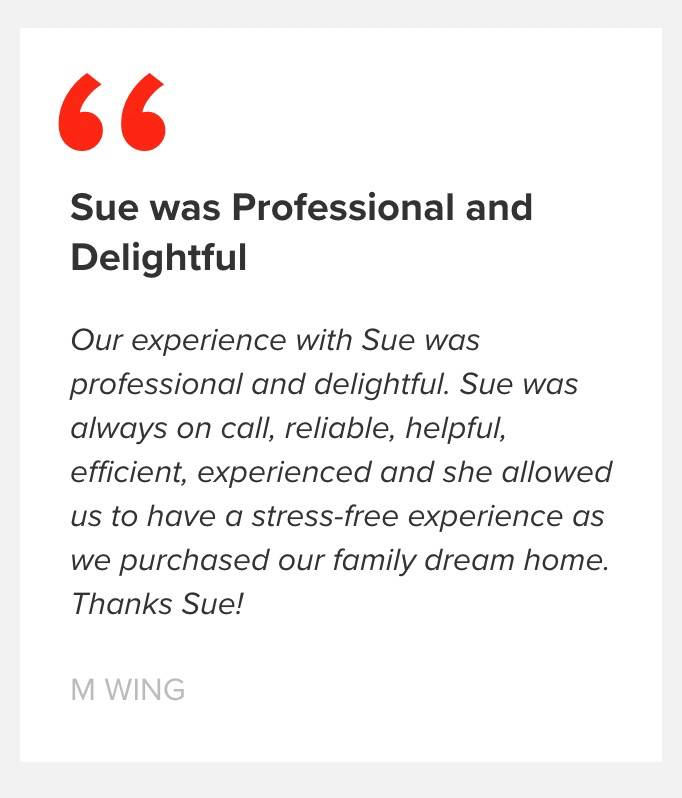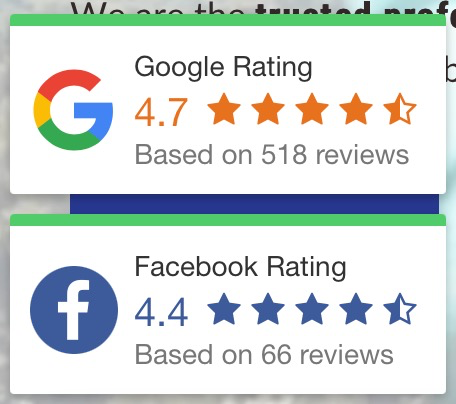78% of people start their search for a real estate agent on the internet – and social proof in the form of testimonials weighs very heavily into their decision in picking an agent to book an appraisal appointment.
Most real estate agents are taking their most valuable asset – what their customers say about them and completely mis using it – presenting testimonials incorrectly and failing to get the most juice out of them – and losing 65% potential home sellers along the way.
In this blog I talk about the top 4 biggest mistakes that real estate websites make when it comes to testimonials.
Step #1: Don’t Hide Your Testimonials
Home sellers will do third party research on your agency before they choose to work with you – why not make it easy for them and showcase your testimonials.
Many real estate agencies hide their testimonials deep in their website.

Many sellers will not check your ‘About Us’ page as most customers simply don’t care about your company and are more interested in how you can help them sell their home quickly at the highest rate – having the Testimonials hidden in the About Us menu reduces the possibility that they will be seen.
You should never rely on a client to “investigate” your website to find the information that will help them become a customer.
Even if you have 100 testimonials and your competitor only has 5 – if your testimonials are hidden and theirs are clearly visible they will appear more reputable to the client. It is about the prospect’s perception – not reality.
You should have your best testimonials somewhere on your front page. Secondly if you have enough to warrant it – you should have a separate page for your testimonials – the Testimonials page should be a top level page – and in fact it should really be right next to the ‘Home’ link in the top header bar.

If you check your Analytics – you would find that -almost- ALL your future clients will visit your Testimonials page during their sales journey.
ou want the most important information available to clients in an easy to find place – especially testimonials.
Step #2: Use Photos of People (People Want Stories Not Houses)
People respond more to photos of people than they do photos of houses.
When real estate agents use a photo to accompany their testimonial – they use a photo of a home. Sometimes they even mention the address of the home.
Here is one example:

People respond well to faces, to stories and -to- the human element. And whenever you can – use a photo (or even a video if possible) of your past customers.
This is an easy way to differentiate yourself, increase the effectiveness of your testimonials and makes you more momorable and increases trust.
Bonus Tip: You can get the photo of your previous customers by searching for them on LinkedIn or Facebook.
Customers would much rather you used a photo of their face than a photo and address of their property due to privacy.
Using photos of your past customers in their testimonials will differentiate you, increase your client’s trust and make you more memorable during the initial research phase of the home owner’s selling journey.
Step #3: Use the Customer’s Full Name
Using an abbreviation (not using the full last name) on your testimonial decreases its effectiveness and makes customers cynical about the testimonial’s authenticity.


As a real estate agent your testimonials will not be as trusted as RateMyAgent.com – so ensure that last names are included.
Your customers know that your website is not RateMyAgent however including a last name will build their trust.
Step #4: Use Third Party Verification
There are two kinds of third party testimonial verification – these are Google Reviews and RateMyAgent.com.
If you type [real estate agent + reviews] into Google you will see the following:

On the right is the Google Places page which will show the real estate’s average google rating – this is very prominent.
RateMyAgent will be in the top 3 results as it’s a popular real estate agency review site in Australia.
Since most sellers start their search on Google it’s important that you have a presence on these two websites.


Another method is to have a Google testimonial widget to ensure prospects don’t leave your website:

In fact I use this on my own website. The idea behind this is that people can click through and see the review on Google – which immediately creates trust while staying on your website.
Another powerful widget is a summary review verification widget like these:

Add this to the top of your home page to build immediate trust quicker.
In summary if you have a presence with Google Reviews and Rate My Agent – make sure you make it known!
Bonus Tip: if you are looking to build your Google reviews you can send clients a direct link in an email which will take them to the ‘Post New Review’ page on your Google My Places tab. You can find this by trying to post a review on your page and then copy/pasting that URL into an email link.
Summary
Research has shown that testimonials increase conversions by an average of 34% on sales pages and 380% on higher ticket items.
Your testimonials are your most prized marketing asset – so make sure they are displayed prominently, include customer photos and a last name and are independently verified so that they do their job of building trust and increasing your appraisal booking rates.
